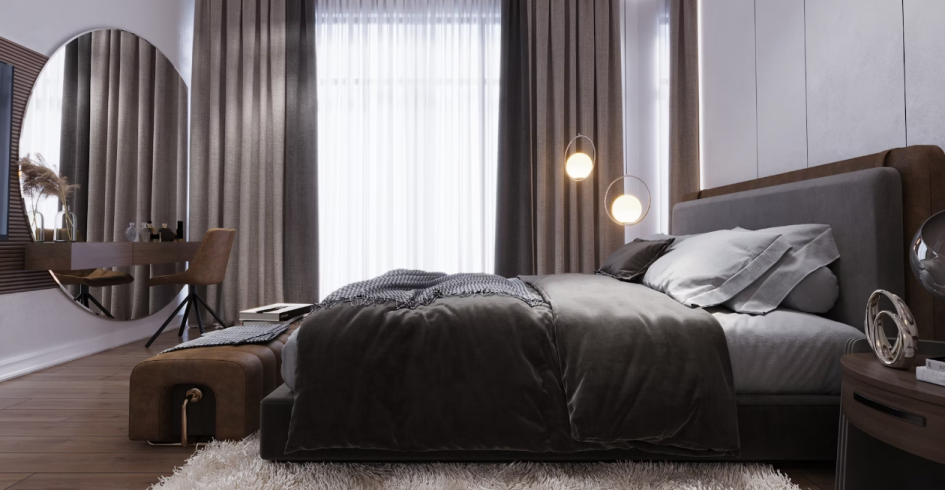In the realm of interior design and architecture, the power of visualization cannot be underestimated. Interior 3D renderings have revolutionized the way professionals in these fields present their designs, transforming mere ideas into stunning visual experiences.
These renderings are not just images; they are immersive depictions that bring interior design dreams to life. With the aid of state-of-the-art 3D technology, designers, developers, real estate agents, architects, and interior designers can now showcase their interior spaces with breathtaking visuals that were once thought impossible.
The traditional methods of presenting design ideas through sketches or 2D drawings, while still valuable, lack the depth and immediacy that 3D renderings provide. 3D renderings offer a vivid, photorealistic representation of spaces, allowing for a comprehensive understanding of the design intent. This level of detail and realism ensures that every intricate detail of the design is conveyed, from the texture of the fabrics to the play of light and shadow in different parts of the interior.
One of the most significant advantages of interior 3D renderings is their ability to facilitate better communication between designers and their clients. By providing a clear and detailed visualization of the proposed design, clients can easily understand the designer’s vision, leading to faster approvals and fewer revisions. This not only speeds up the design process but also enhances client satisfaction as they can see and ‘experience’ the design before any real work begins.
Furthermore, interior 3D renderings are invaluable tools for marketing and sales in the real estate and architectural sectors. These renderings can be used in brochures, presentations, and online listings to engage potential buyers or investors. By making the envisioned interior spaces feel tangible and irresistible, these virtual experiences significantly increase the chances of selling properties or winning design competitions. They allow the viewer to emotionally connect with the space, imagining themselves living or working within it, which is a powerful motivator in decision-making processes.
Another notable benefit of 3D renderings is their versatility. They can be adjusted or modified with relative ease compared to traditional methods. Whether it’s changing the color scheme, rearranging furniture, or altering lighting effects, designers can quickly update renderings to reflect client feedback or to explore different design options. This flexibility not only saves time and resources but also encourages creativity and experimentation in design.
In conclusion, the power of visualization through interior 3D renderings has transformed design presentation in profound ways. By offering immersive, detailed, and realistic depictions of interior spaces, these renderings have become essential tools for professionals across various industries. They enhance communication, increase marketability, and facilitate creativity, making them indispensable in today’s fast-paced design and real estate environments. As technology continues to evolve, we can only expect these renderings to become even more integral to the design process, enabling even more spectacular and engaging visual experiences.
Source: https://renderzen.com/
